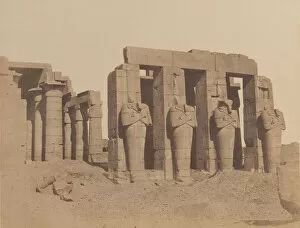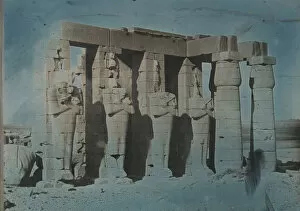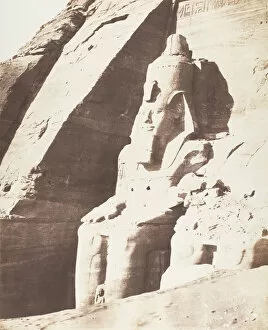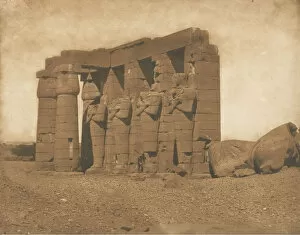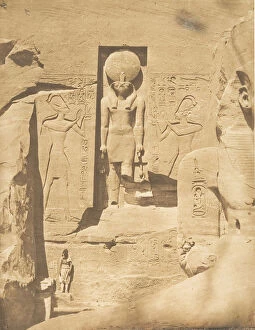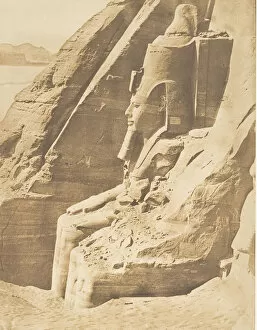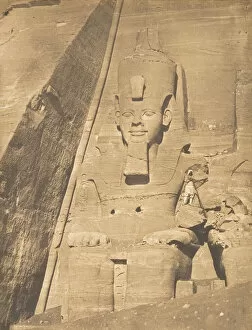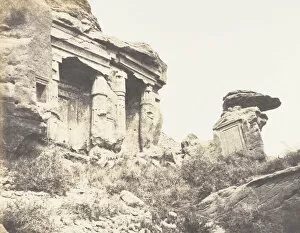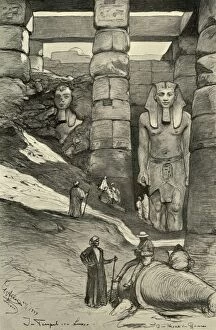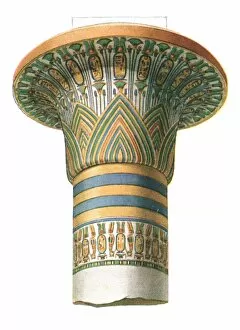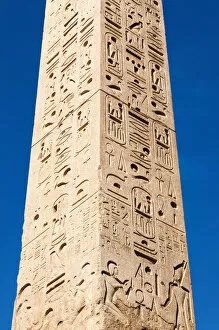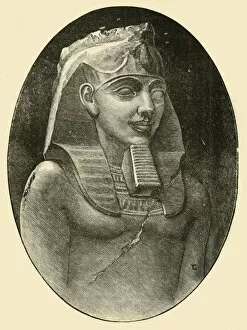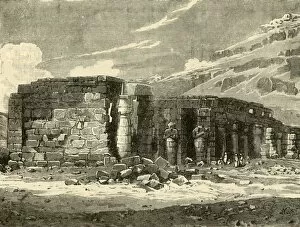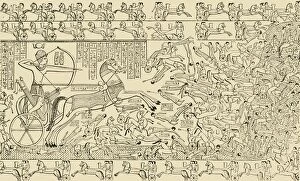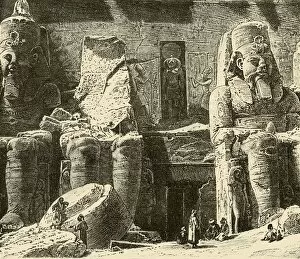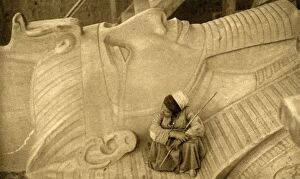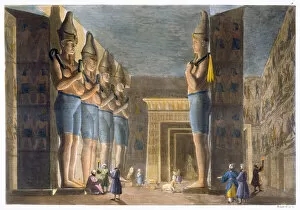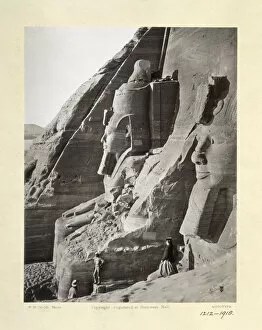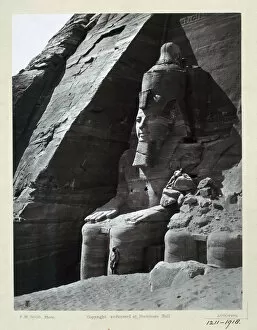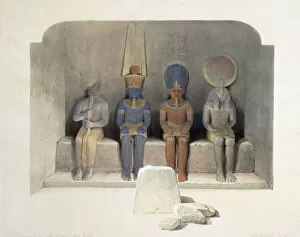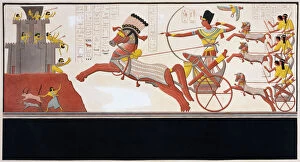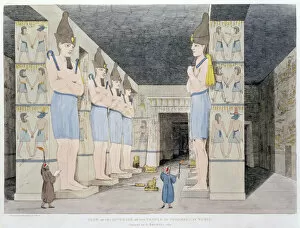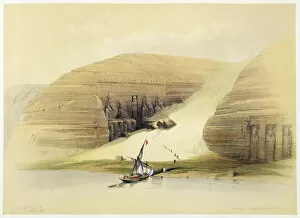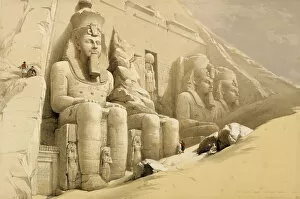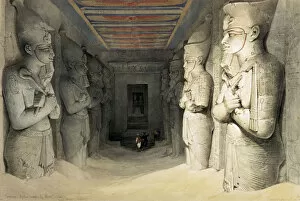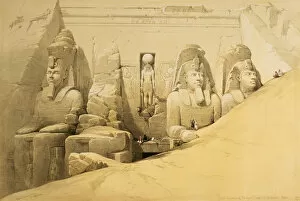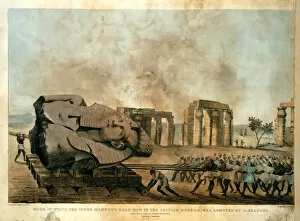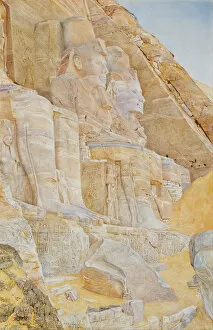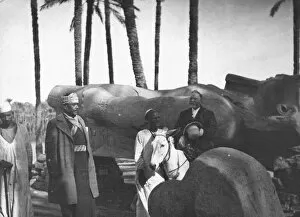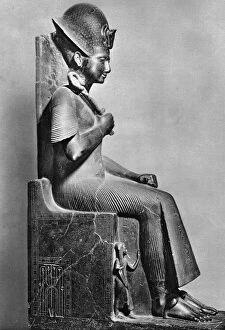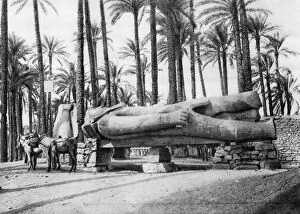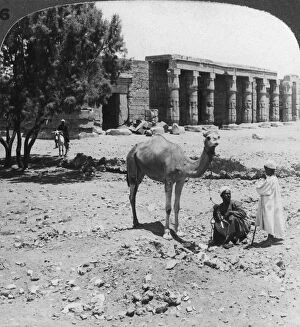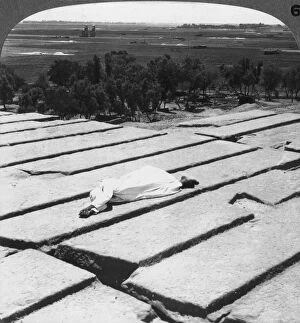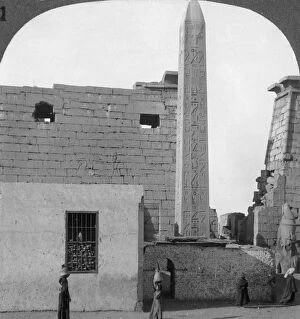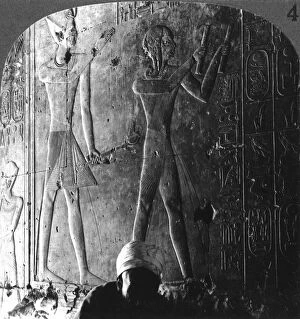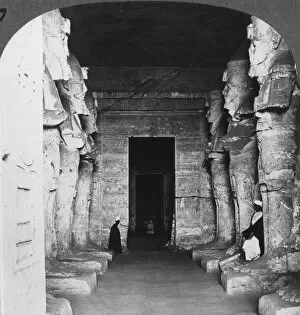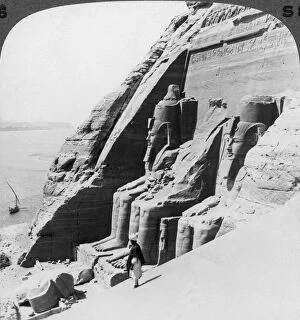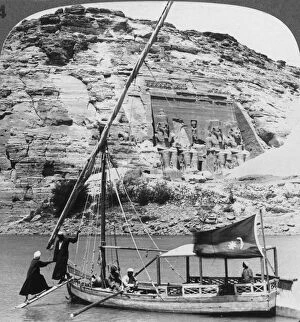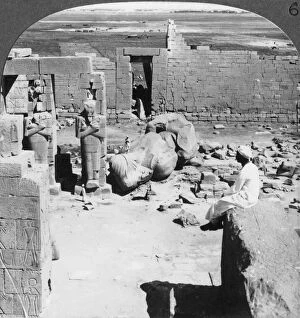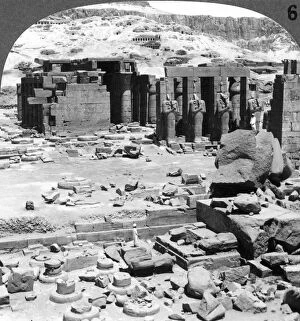Ramesses Ii Collection (page 3)
"Ramesses II: The Great Pharaoh of Ancient Egypt" Step into the world of ancient Egypt and discover the legacy of Ramesses II
For sale as Licensed Images
Choose your image, Select your licence and Download the media
"Ramesses II: The Great Pharaoh of Ancient Egypt" Step into the world of ancient Egypt and discover the legacy of Ramesses II, one of the most powerful pharaohs to rule this majestic land. From Deir el-Medina to Abu Simbel, his presence is felt through remarkable statues and temples that have stood the test of time. In Deir el-Medina, a statuary group captures the essence and his beloved wife Nefertari. These intricately carved figures transport us back to a time when their reign brought prosperity and grandeur to Egypt. Venturing further south to Abu Simbel, we encounter awe-inspiring statues guarding the Temple of Ramses II's main chamber. Adorned with intricate reliefs depicting scenes from his glorious reign, these colossal structures pay homage to his divine status as a ruler. At Luxor Temple in Thebes, another UNESCO World Heritage Site awaits our admiration. Here stands a magnificent statue showcasing Ramesses II wearing the double crown - an emblematic symbol representing both Upper and Lower Egypt. Crafted from red and grey granite, it serves as a testament to his power over this vast kingdom. The Obelisk at Karnak takes us even deeper into history. Carved from solid granite centuries ago, it stands tall as a reminder of this great pharaoh's ambition and determination. Moving on to Tanis in Cairo's Egyptian Museum, we find an exquisite pink granite statue portraying Ramesses II as a standard bearer. This piece showcases not only his military prowess but also his ability to inspire loyalty among his people. As we explore further within these ancient walls, more stunning sculptures emerge – each telling its own story about this legendary ruler. Whether it be detailed depictions or imposing red granite statues capturing every regal feature imaginable; they all serve as reminders that Ramses ll was truly larger than life itself. Finally, we find ourselves at the Temple of Luxor at dusk.

